AZA 0786 CEMENT SAMPLER
AZA 0787 BLAINE’S AIR PERMEABILITY APPARATUS
AZA 0788 VICAT NEEDLE APPARATUS WITH DASHPOT
AZA 0789 RING MOULD
AZA 0790 GILLMORE NEEDLE APPARATUS
AZA 0791 FLOW TABLE
AZA 0792 FLOW TABLE (MOTORISED)
AZA 0793 FLOW TABLE
AZA 0794 FLOW TABLE (MOTORISED)
AZA 0795 LE CHATELIER MOULD
AZA 0796 LE CHATELIER FLASK
AZA 0797 SHRINKAGE BAR MOULD
Cement is one of the ancient raw materials used in construction.
It is uncertain where it was first discovered that a combination of hydrated non-hydraulic lime and a Poznan produces a hydraulic mixture (e.g., Portland cement) harden because of hydration chemical reactions that occur independently of the mixture’s water content; they can harden even underwater or when constantly exposed to wet weather.
Cement is essentially a binder that binds other materials together, Modern cements are manufactured by a chemical process.
Raw materials are crushed, ground and blended before being heated in a rotary kiln until they combine chemically. The clinker from the kiln is then ground with gypsum to form Portland cement.
Different types of cement with different strengths and characteristics can be produced depending on the composition and quality of clinker, fl y ash, silica
fume, retarders, water proffers, coloring agents and other additives used in the mix.
It is essential to test the physical and chemical parameters of each cement batch produced and to identify the unique characteristics of each composition.
Such parameters include specific surface and gravity of cement particles, consistency, soundness, setting time, heat of hydration, inorganic chemical analysis, loss on ignition, air content and strength.

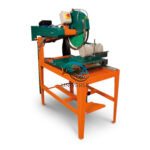 Rock
Rock Aggregate
Aggregate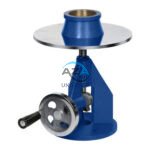 Cement
Cement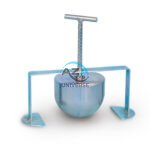 Concrete
Concrete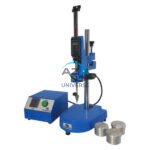 Soil
Soil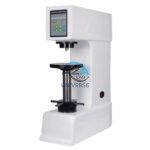 Steel
Steel Bitumen/Asphalt
Bitumen/Asphalt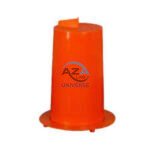 Security Survey Equipment
Security Survey Equipment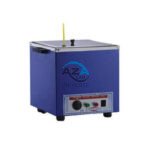 General Items
General Items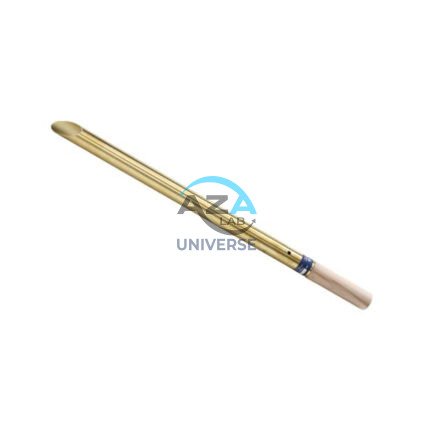


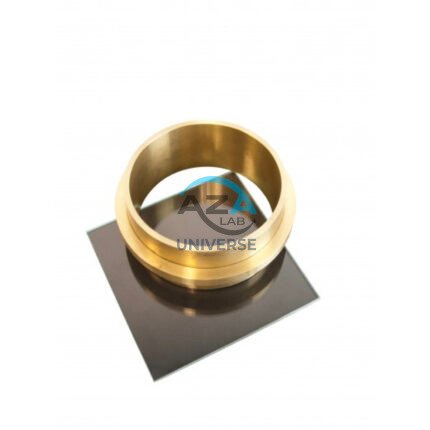
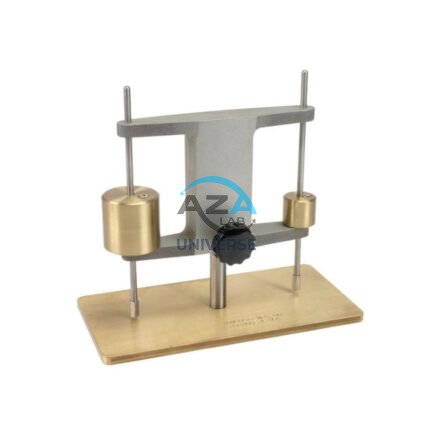
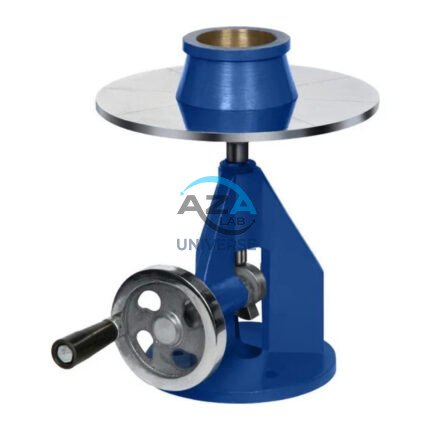
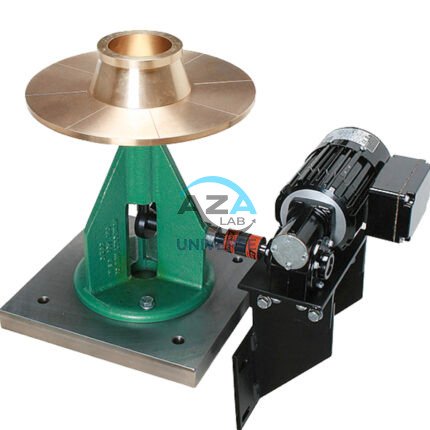

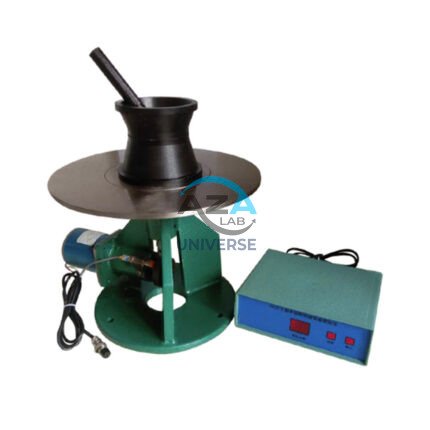
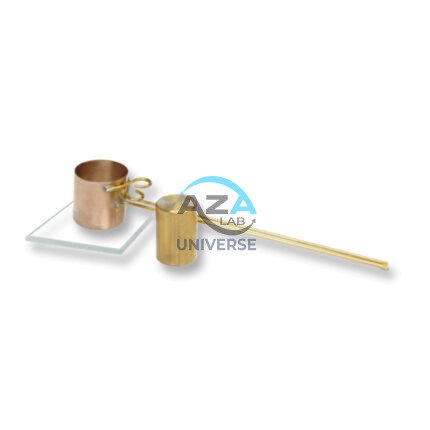
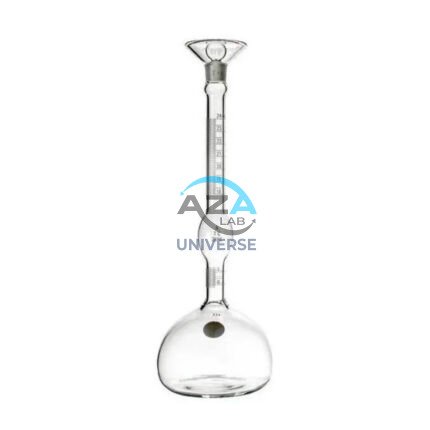

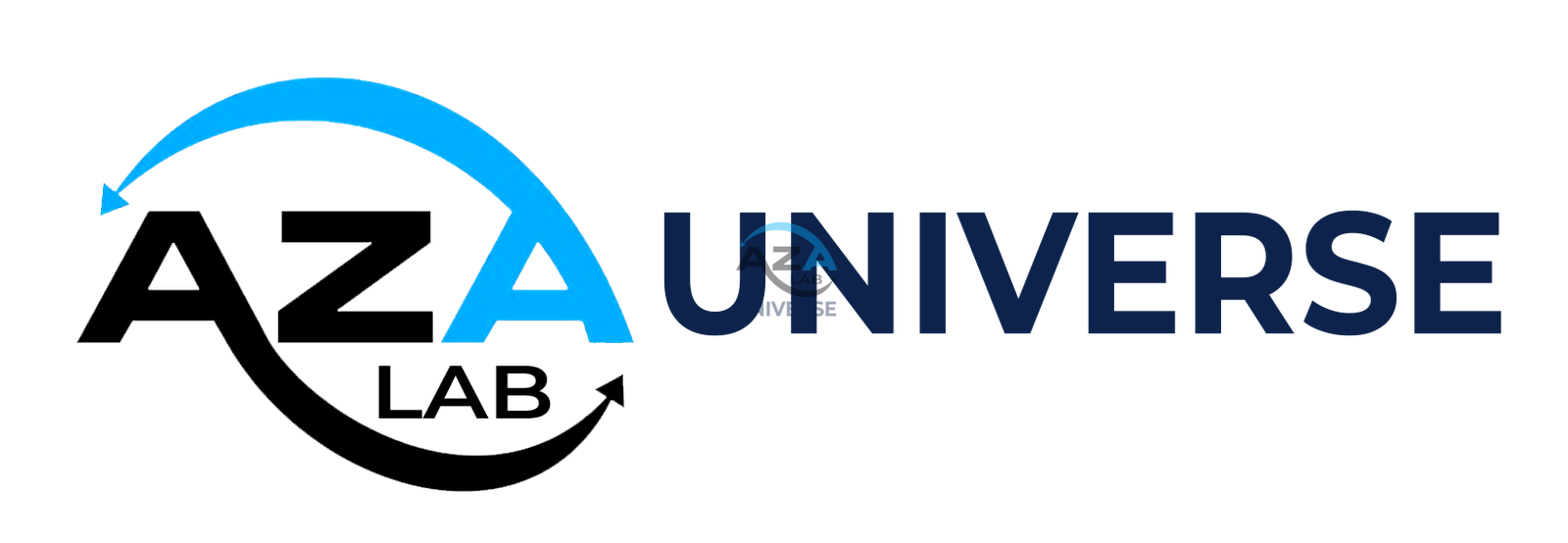
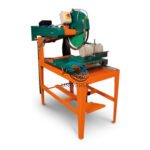 Rock
Rock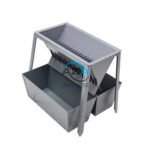 Aggregate
Aggregate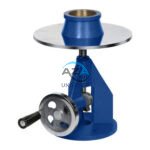 Cement
Cement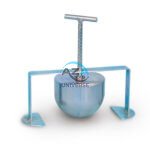 Concrete
Concrete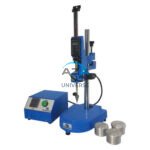 Soil
Soil Steel
Steel Bitumen/Asphalt
Bitumen/Asphalt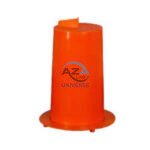 Security Survey Equipment
Security Survey Equipment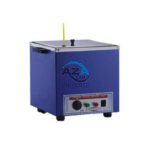 General Items
General Items